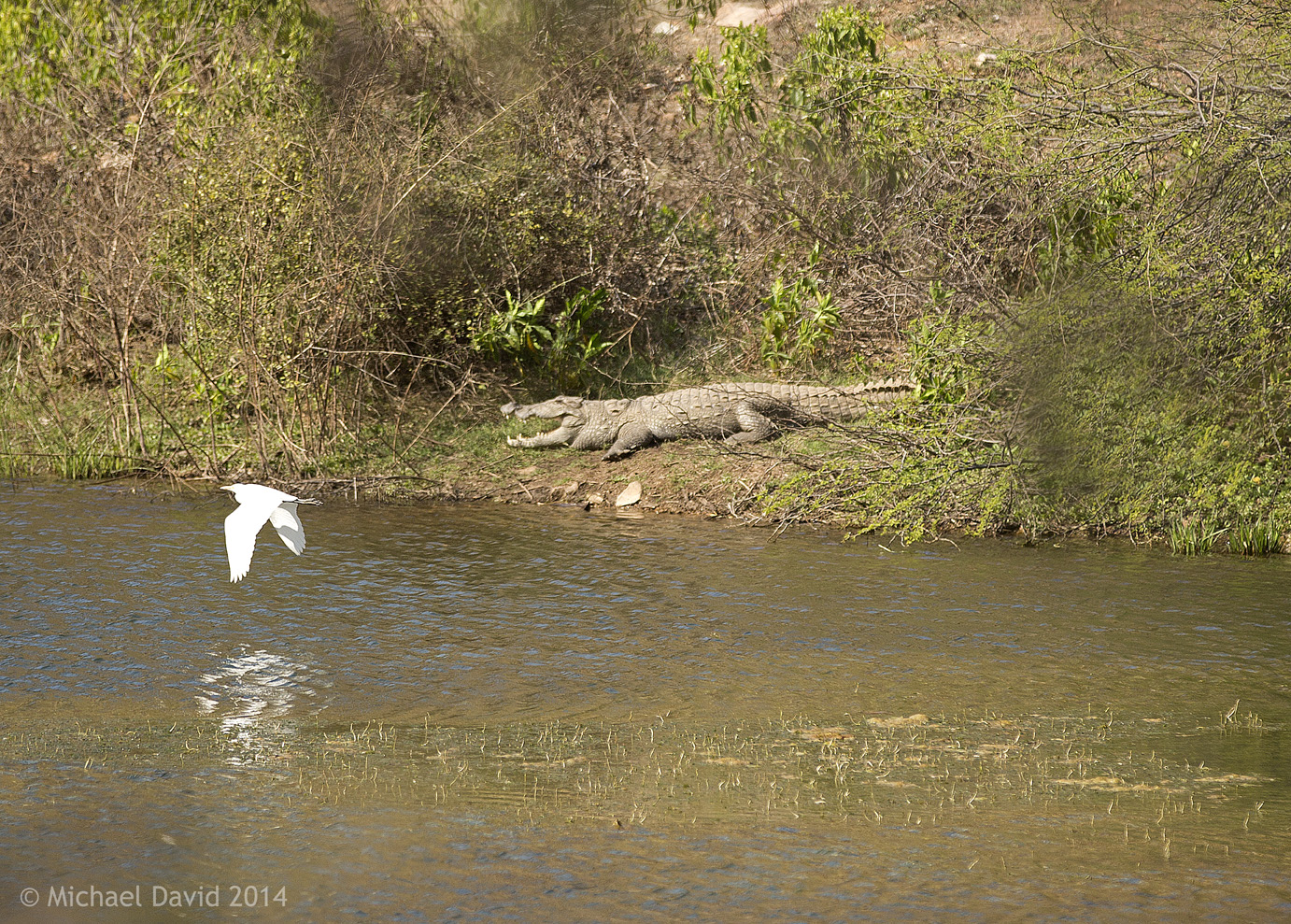Published on Apr 7, 2016
Incredible video shows how Australians hunted crocodiles in 1949

Image: NFSA
It's a long way from the time of Crocodile Dundee, but new footage is giving insights into the origin of the crocodile hunter.
To time with the 30th anniversary of the release of the iconic Australian film, the National Film and Sound Archive (NSA) released this incredible vision from 1949.
The government film, directed by acclaimed director Lee Robison, documents the involved process of killing crocodiles in the lagoons of the Northern Territory.
"These rivers and billabongs are home of the crocodile: cunning, ferocious killer, frightened of nothing on land or in the water," the British narrator said. "Sometimes it's a lonely life and sometimes dangerous but, for a man with the courage to do battle with the man-eaters, there are rich rewards."
In this era, crocodiles were hunted by Indigenous and non-Indigenous hunters. This film contrasts the traditional methods used by the Indigenous hunters with the use of shotguns by white men.
The Daly River's Brinkin tribe shown in the documentary hunt crocodiles as a food source, using harpoons, bamboo and their own bare hands. The crocodiles caught by the non-Indigenous hunters are for the leather hides, which are then skinned, prepared and transported to factories in capital cities.
"The Aborigines have perfected many hunting techniques and the cunning crocodile is outsmarted every time by the skill of master hunters," the narrator said. "The professional crocodile hunters who now shoot along the rivers of the north, use different methods and more modern equipment than the Aborigines. They kill for leather skins and not for food."
NFSA's Richard Carter told ABC Darwin radio it is interesting that you get to see in a film from this time both the Indigenous way and the white way, but he believed it was a film to promote Australian industries to the country.
"It's an interesting contrast," Carter said. "For a film so early, you don't always get that complete picture of what's going on, but in this you get to see all sides."
[h/t ABC News]
To time with the 30th anniversary of the release of the iconic Australian film, the National Film and Sound Archive (NSA) released this incredible vision from 1949.
The government film, directed by acclaimed director Lee Robison, documents the involved process of killing crocodiles in the lagoons of the Northern Territory.
"These rivers and billabongs are home of the crocodile: cunning, ferocious killer, frightened of nothing on land or in the water," the British narrator said. "Sometimes it's a lonely life and sometimes dangerous but, for a man with the courage to do battle with the man-eaters, there are rich rewards."
In this era, crocodiles were hunted by Indigenous and non-Indigenous hunters. This film contrasts the traditional methods used by the Indigenous hunters with the use of shotguns by white men.
The Daly River's Brinkin tribe shown in the documentary hunt crocodiles as a food source, using harpoons, bamboo and their own bare hands. The crocodiles caught by the non-Indigenous hunters are for the leather hides, which are then skinned, prepared and transported to factories in capital cities.
"The Aborigines have perfected many hunting techniques and the cunning crocodile is outsmarted every time by the skill of master hunters," the narrator said. "The professional crocodile hunters who now shoot along the rivers of the north, use different methods and more modern equipment than the Aborigines. They kill for leather skins and not for food."
NFSA's Richard Carter told ABC Darwin radio it is interesting that you get to see in a film from this time both the Indigenous way and the white way, but he believed it was a film to promote Australian industries to the country.
"It's an interesting contrast," Carter said. "For a film so early, you don't always get that complete picture of what's going on, but in this you get to see all sides."
[h/t ABC News]
Have something to add to this story? Share it in the comments.
